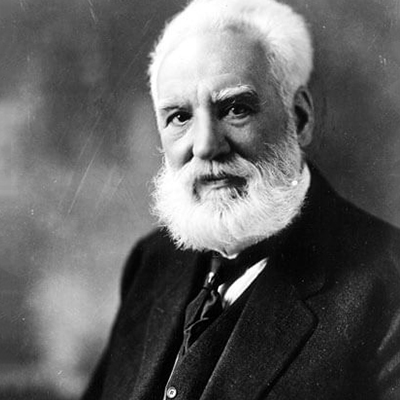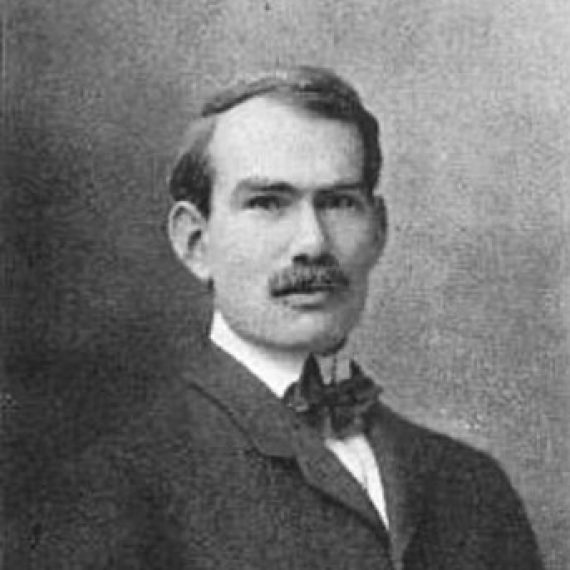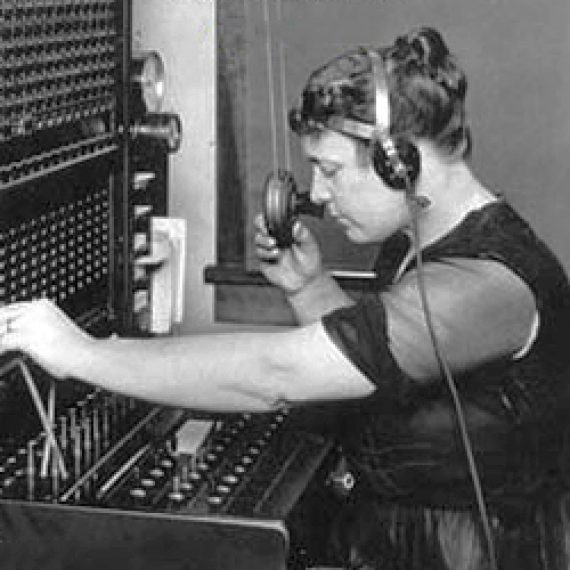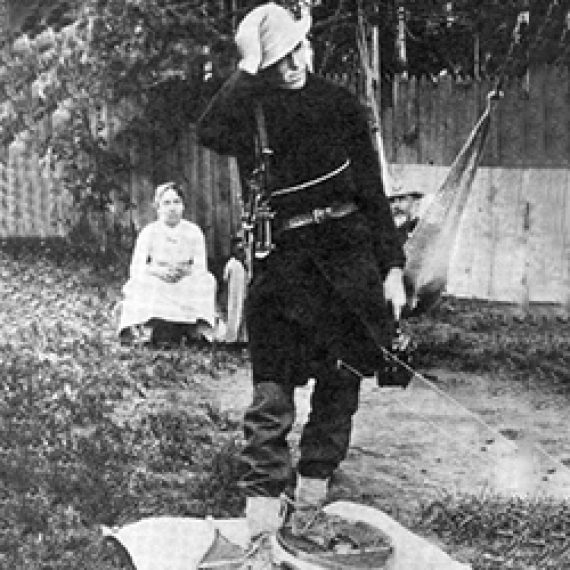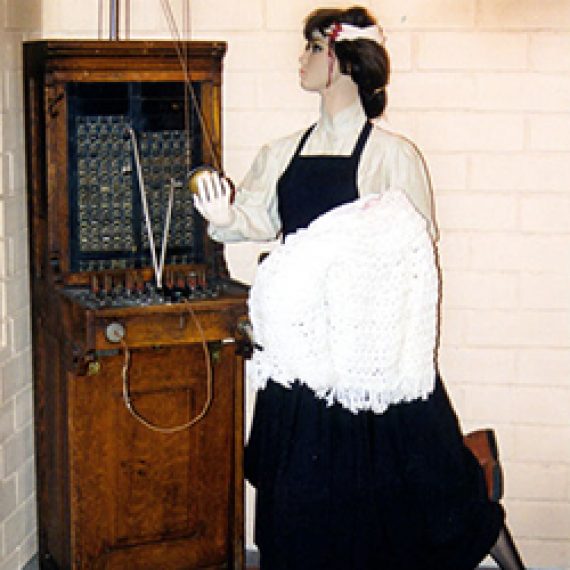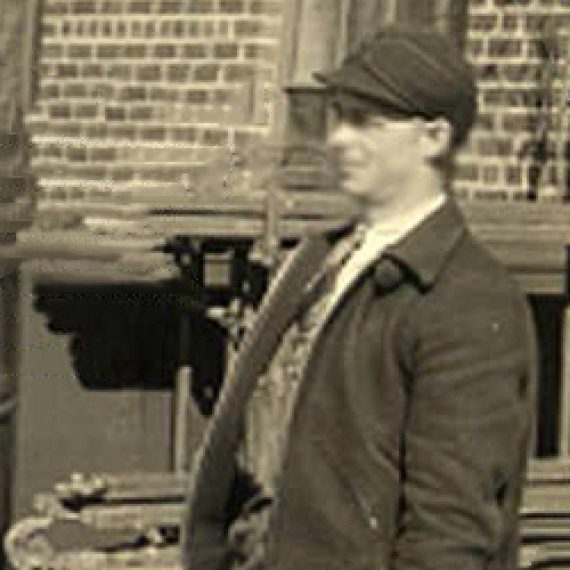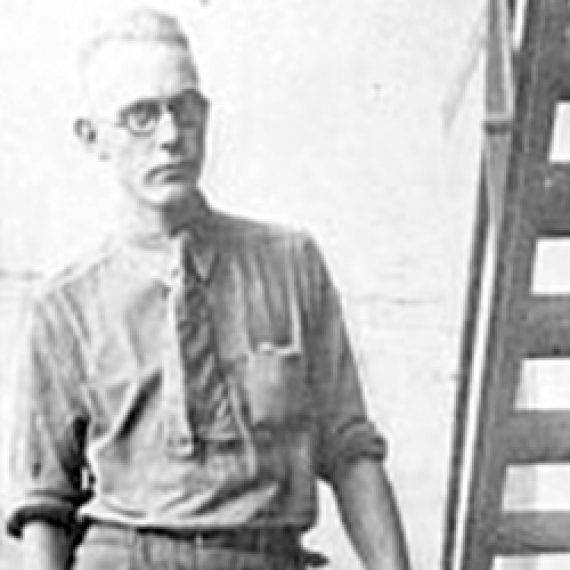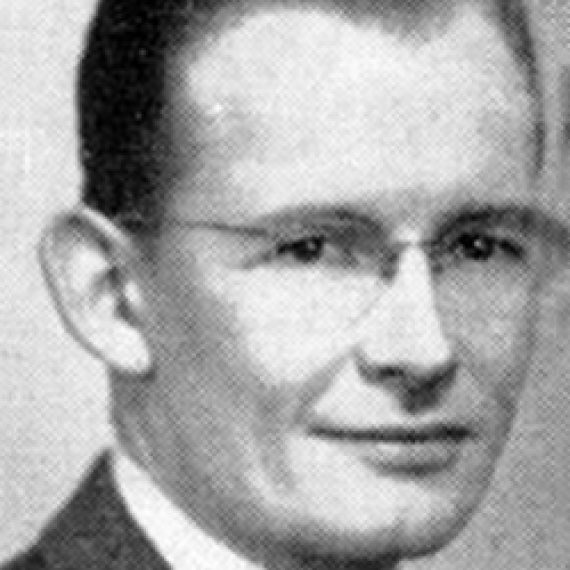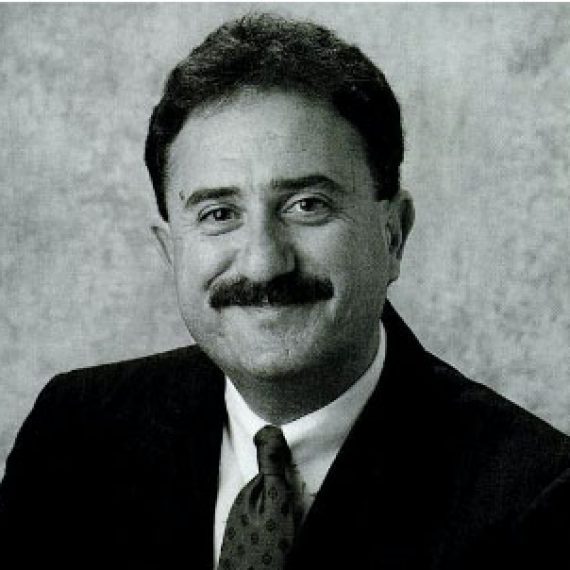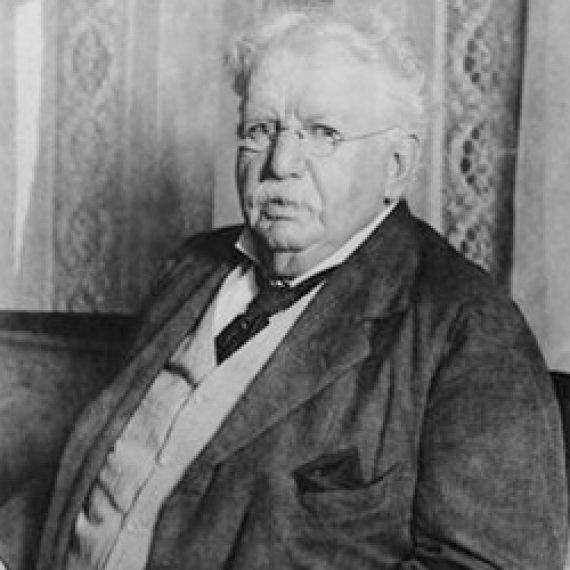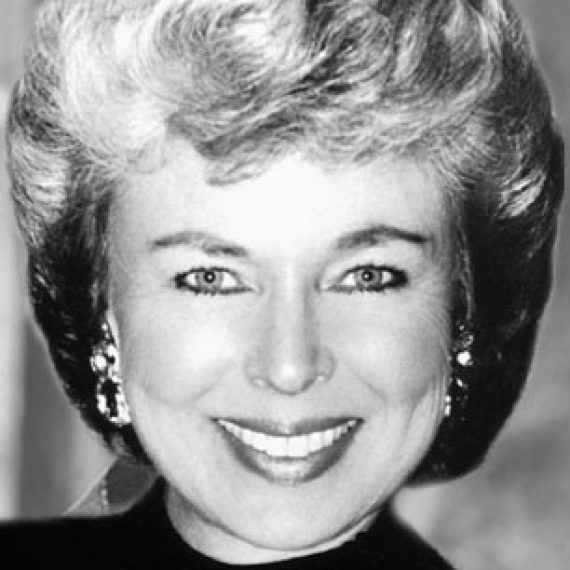We’re all looking for a few heroes, aren’t we? Every field has its chosen few, those who have undertaken the tasks of Hercules, who have sacrificed their lives that others might live, who have overcome insurmountable odds or whose bravery knew no bounds.
The
Theodore N. Vail Medals and Memorial Fund


Definition
The Vail Medal
The Vail Medal was created in 1920 in memory of
Theodore N. Vail (President of the American Telephone and Telegraph Company from 1907 to 1919) to perpetuate his ideals of service to the public. The medal, which bears his likeness, was awarded to individuals for noteworthy acts reflecting the Bell System's highest traditions of loyalty and devotion to duty.
Adolph Alexander Weinman, one of the leading sculptors in the United States, designed the Vail Medal in 1921. In designing the medal, Mr. Weinman captured not only the personality of Vail, but also his ideals of service to the public.
The face of the medal bears a portrait of Vail, while on the reverse, the central figure represents the "Civilizing Force of Communication" speeding the winged message along the wires. At the right, "Loyalty to Service" upholds the left hand of the central figure, while a third figure, "Devotion to Duty," helps to support the lines of communication.
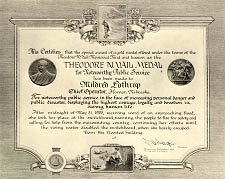
There are three types of Vail Medals: bronze, silver, and gold. Bronze medals were awarded to individuals in each Bell System company by that company's awards committee. A Bell System Committee then reviewed these cases and selected those of "especially outstanding excellence or importance" for silver or gold medal awards.
A bronze medal was also awarded to groups of employees where the noteworthy act was due to the concerted action of the group, rather than by an individual.
An embossed citation certificate, with a brief description of the circumstances that occasioned the award, was given to each Vail Medal recipient. (The one pictured is
Millie Lothrop's.) A bronze plaque commemorating the act was presented to the company concerned. These plaques were designed for display in telephone buildings as a permanent and public memorial. Plaques may be seen to this day in telephone company buildings across the nation.
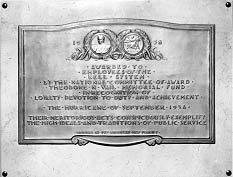
Up to the breakup of the Bell System in 1984, hundreds of awards were made to telephone company employees who embodied the ideal of service (see
Heroes for some representative stories). Men and women of the Bell System performed acts of public service and bravery ranging from struggling through a blizzard to fix a downed line; saving a child from a burning building or a man from a raging flood; to staying at the switchboard while bullets flew—and were celebrated with the award of a Vail medal.
were established to honor those telephone company employees who have given outstanding public service. These are recognized heroes of our industry. In a larger sense, however, thousands of employees have continually exemplified the
“Spirit of Service.” This section celebrates both the medal-winners and the unsung heroes that have made our history great.
Click on the picture of the hero below to learn more about their contribution to telephone history.
Can you think of someone who has made a major impact on telecom history? Provide their name, a brief description of their achievements, and explain why they should be featured on our Heroes page. Including a high-resolution picture would be great too. Please send your nomination to
telcomhist@aol.com, attention Jody.
We’re all looking for a few heroes, aren’t we? Every field has its chosen few, those who have undertaken the tasks of Hercules, who have sacrificed their lives that others might live, who have overcome insurmountable odds or whose bravery knew no bounds.
The
Theodore N. Vail Medals and Memorial Fund


Definition
The Vail Medal
The Vail Medal was created in 1920 in memory of
Theodore N. Vail (President of the American Telephone and Telegraph Company from 1907 to 1919) to perpetuate his ideals of service to the public. The medal, which bears his likeness, was awarded to individuals for noteworthy acts reflecting the Bell System's highest traditions of loyalty and devotion to duty.
Adolph Alexander Weinman, one of the leading sculptors in the United States, designed the Vail Medal in 1921. In designing the medal, Mr. Weinman captured not only the personality of Vail, but also his ideals of service to the public.
The face of the medal bears a portrait of Vail, while on the reverse, the central figure represents the "Civilizing Force of Communication" speeding the winged message along the wires. At the right, "Loyalty to Service" upholds the left hand of the central figure, while a third figure, "Devotion to Duty," helps to support the lines of communication.

There are three types of Vail Medals: bronze, silver, and gold. Bronze medals were awarded to individuals in each Bell System company by that company's awards committee. A Bell System Committee then reviewed these cases and selected those of "especially outstanding excellence or importance" for silver or gold medal awards.
A bronze medal was also awarded to groups of employees where the noteworthy act was due to the concerted action of the group, rather than by an individual.
An embossed citation certificate, with a brief description of the circumstances that occasioned the award, was given to each Vail Medal recipient. (The one pictured is
Millie Lothrop's.) A bronze plaque commemorating the act was presented to the company concerned. These plaques were designed for display in telephone buildings as a permanent and public memorial. Plaques may be seen to this day in telephone company buildings across the nation.

Up to the breakup of the Bell System in 1984, hundreds of awards were made to telephone company employees who embodied the ideal of service (see
Heroes for some representative stories). Men and women of the Bell System performed acts of public service and bravery ranging from struggling through a blizzard to fix a downed line; saving a child from a burning building or a man from a raging flood; to staying at the switchboard while bullets flew—and were celebrated with the award of a Vail medal.
were established to honor those telephone company employees who have given outstanding public service. These are recognized heroes of our industry. In a larger sense, however, thousands of employees have continually exemplified the
“Spirit of Service.” This section celebrates both the medal-winners and the unsung heroes that have made our history great.
Click on the picture of the hero below to learn more about their contribution to telephone history.
Can you think of someone who has made a major impact on telecom history? Provide their name, a brief description of their achievements, and explain why they should be featured on our Heroes page. Including a high-resolution picture would be great too. Please send your nomination to
telcomhist@aol.com, attention Jody.
back to top


 There are three types of Vail Medals: bronze, silver, and gold. Bronze medals were awarded to individuals in each Bell System company by that company's awards committee. A Bell System Committee then reviewed these cases and selected those of "especially outstanding excellence or importance" for silver or gold medal awards.
There are three types of Vail Medals: bronze, silver, and gold. Bronze medals were awarded to individuals in each Bell System company by that company's awards committee. A Bell System Committee then reviewed these cases and selected those of "especially outstanding excellence or importance" for silver or gold medal awards.
 Up to the breakup of the Bell System in 1984, hundreds of awards were made to telephone company employees who embodied the ideal of service (see Heroes for some representative stories). Men and women of the Bell System performed acts of public service and bravery ranging from struggling through a blizzard to fix a downed line; saving a child from a burning building or a man from a raging flood; to staying at the switchboard while bullets flew—and were celebrated with the award of a Vail medal.
Up to the breakup of the Bell System in 1984, hundreds of awards were made to telephone company employees who embodied the ideal of service (see Heroes for some representative stories). Men and women of the Bell System performed acts of public service and bravery ranging from struggling through a blizzard to fix a downed line; saving a child from a burning building or a man from a raging flood; to staying at the switchboard while bullets flew—and were celebrated with the award of a Vail medal.


 There are three types of Vail Medals: bronze, silver, and gold. Bronze medals were awarded to individuals in each Bell System company by that company's awards committee. A Bell System Committee then reviewed these cases and selected those of "especially outstanding excellence or importance" for silver or gold medal awards.
There are three types of Vail Medals: bronze, silver, and gold. Bronze medals were awarded to individuals in each Bell System company by that company's awards committee. A Bell System Committee then reviewed these cases and selected those of "especially outstanding excellence or importance" for silver or gold medal awards.
 Up to the breakup of the Bell System in 1984, hundreds of awards were made to telephone company employees who embodied the ideal of service (see Heroes for some representative stories). Men and women of the Bell System performed acts of public service and bravery ranging from struggling through a blizzard to fix a downed line; saving a child from a burning building or a man from a raging flood; to staying at the switchboard while bullets flew—and were celebrated with the award of a Vail medal.
Up to the breakup of the Bell System in 1984, hundreds of awards were made to telephone company employees who embodied the ideal of service (see Heroes for some representative stories). Men and women of the Bell System performed acts of public service and bravery ranging from struggling through a blizzard to fix a downed line; saving a child from a burning building or a man from a raging flood; to staying at the switchboard while bullets flew—and were celebrated with the award of a Vail medal.
